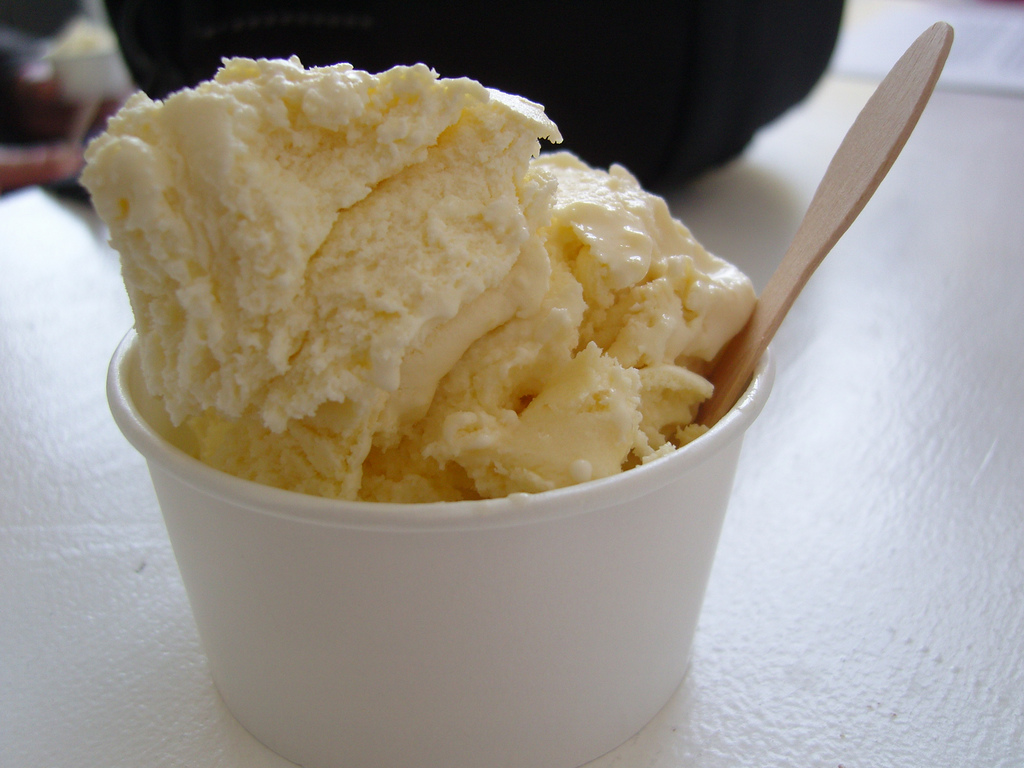According to Eurovanille organization, the price of vanilla pods earlier this summer exceeded $ 600 for 1 kg against less than $ 25 in 2011. In August, it returned to around $ 500 per 1 kg, traders note, but the volume of supplies and the quality of the goods remain below the usual figures. The reason was unfavorable natural conditions in Madagascar, the largest supplier of natural vanilla to the world market (80-85%). More than a third of the last crop was destroyed due to the drought and the tropical cyclone of Enawo that hit the island.
Expensive varieties of ice cream and handicraft production are suffering the most (cheap delicacies have long been using artificial flavors). A number of manufacturers in Europe and the US, including Oddono gelaterias chain in London, were forced to remove vanilla ice cream from the menu.
Other companies had to significantly raise prices for it, writes Financial Times. So, Nestle has raised the cost of Moevenpick ice cream in Switzerland by 2.5% this year.
In some regions of the United States, sales of vanilla by weight are now stopped because of the deficit, and instead of 120-140 pods per pound (1 kg = 2.2 pounds), producers of vanilla extract and ice cream now buy lots of 25 pods, notes BDN newspaper.
Eurovanille experts are waiting for October-November - the season of flowering vanilla lianas in Madagascar - to assess the prospects for the harvest next year. At the same time, the organization continues to implement projects in India, Indonesia and Papua New Guinea, aimed at diversifying the sources of vanilla.
Vanilla is widely used in production of desserts and alcoholic beverages, as well as in the tobacco and perfume industries. it is not the first difficult time for the vanilla market: supply problems in 2003 also led resulted in a significant increase in product prices.
However, the world faced a significant overproduction of vanilla in 2005-2014, as more Madagascar farmers switched to growing the plan against the background of high prices in 2003. The collapse in prices and the demand that has declined because of the global crisis ruined many producers who burned their plantings of vanilla and returned to more profitable crops, explains Patricia Rain, Head of American Vanilla Company.
source: ft.com
Expensive varieties of ice cream and handicraft production are suffering the most (cheap delicacies have long been using artificial flavors). A number of manufacturers in Europe and the US, including Oddono gelaterias chain in London, were forced to remove vanilla ice cream from the menu.
Other companies had to significantly raise prices for it, writes Financial Times. So, Nestle has raised the cost of Moevenpick ice cream in Switzerland by 2.5% this year.
In some regions of the United States, sales of vanilla by weight are now stopped because of the deficit, and instead of 120-140 pods per pound (1 kg = 2.2 pounds), producers of vanilla extract and ice cream now buy lots of 25 pods, notes BDN newspaper.
Eurovanille experts are waiting for October-November - the season of flowering vanilla lianas in Madagascar - to assess the prospects for the harvest next year. At the same time, the organization continues to implement projects in India, Indonesia and Papua New Guinea, aimed at diversifying the sources of vanilla.
Vanilla is widely used in production of desserts and alcoholic beverages, as well as in the tobacco and perfume industries. it is not the first difficult time for the vanilla market: supply problems in 2003 also led resulted in a significant increase in product prices.
However, the world faced a significant overproduction of vanilla in 2005-2014, as more Madagascar farmers switched to growing the plan against the background of high prices in 2003. The collapse in prices and the demand that has declined because of the global crisis ruined many producers who burned their plantings of vanilla and returned to more profitable crops, explains Patricia Rain, Head of American Vanilla Company.
source: ft.com



















